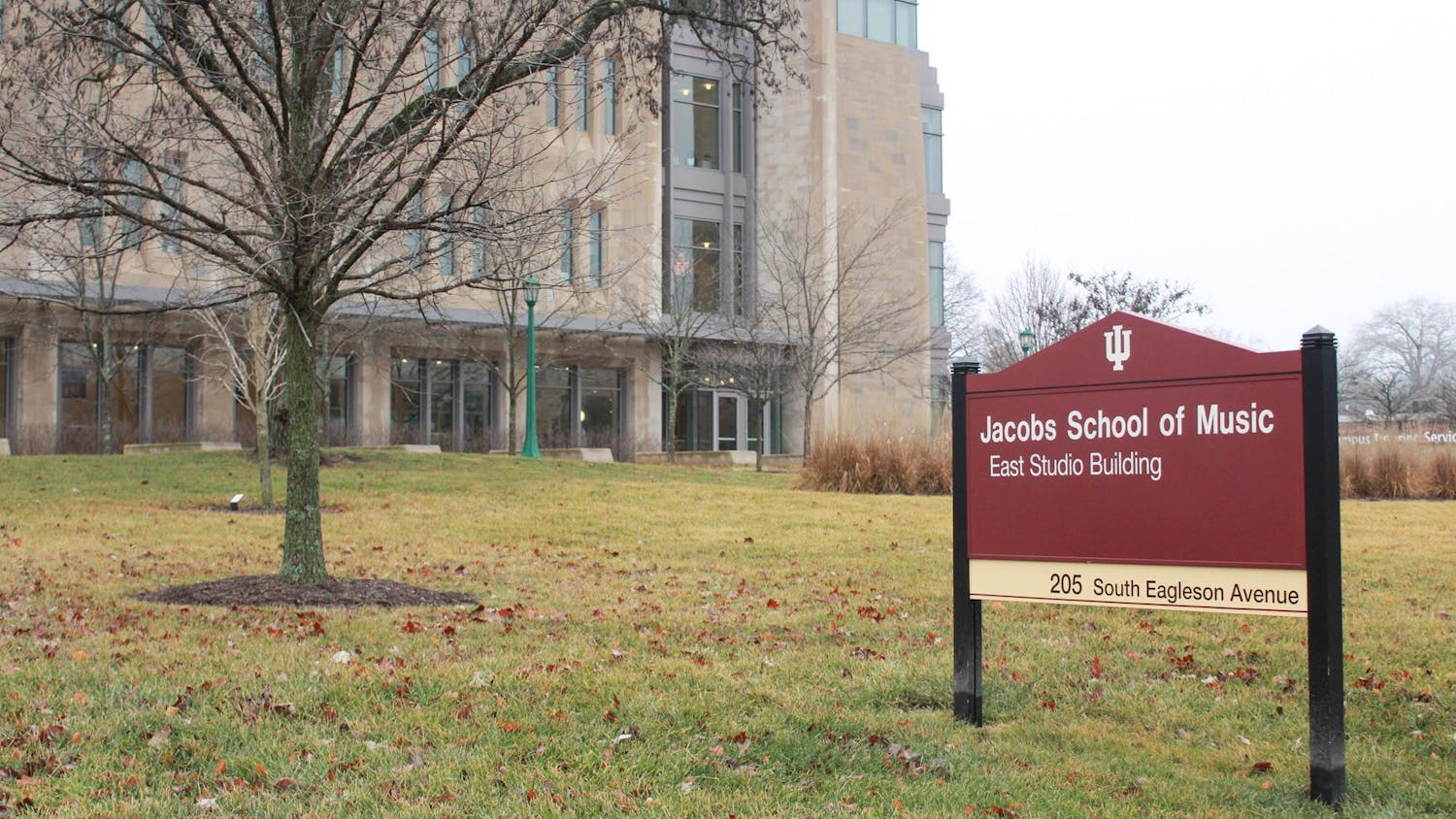IU scientists will now have a new place to conduct research outdoors.
The University started construction late last month on a new 6,000-square-foot field laboratory near Griffy Lake that’s dedicated to research in sciences ranging from biology to geology and public and environmental affairs.
The Research and Teaching Preserve Field Laboratory, as it’s called, is designed to advance research in environmental, geological and biological sciences.
“It will be a hub for environmental research and field-based teaching,” said Keith Clay, the lab’s director. “Even researchers from other universities have been regular users of the preserve, and the lab will be available to them as well.”
For now, any data collected at the preserve – 1,150 acres of forest land spread across five sites – is analyzed elsewhere, in labs and offices on campus.
When the lab is complete, researchers will be able to analyze data on-site, using tools capable of measuring atmospheric, aquatic, soil, and biological processes, among others.
“The Field Lab is the result of the persistence of the preserve director, executive committee and other supportive IU faculty,” said Jenna Morrison, a graduate student in the School of Public and Environmental Affairs and a research assistant at the field lab. “An on-site facility was needed to make the preserve more attractive and functional for researchers and teachers.”
The lab will include classrooms and computer resources, plus wet and dry lab spaces. Scientists use wet labs to conduct studies and experiments in areas such as chemistry and biology, while dry labs are computer-intensive and often constructed similarly to office spaces, with special modifications to handle the intense heat generated from computing equipment.
IU owns or operates a number of other off-site research facilities, including the Crooked Lake Biological Station in northern Indiana and the Jusdon Mead Geological Station near Bozeman, Mont.
The new lab will join in the tradition of the others by making research more effective and innovative.
“The field lab symbolizes IU’s long-term commitment to the preserve, applied environmental research and learning outside of the traditional classroom setting,” Morrison said.
The new lab is also environmentally friendly, due to design elements such as composting toilets, natural lighting and recycled steel framework.
It will be the second LEED-certified building on the IU campus once it’s completed in the spring of 2009.
LEED, or Leadership in Energy and Environmental Design, certification is given to architectural structures that have a minimal environmental impact.
“There are certain stipulations that you have to meet for LEED certification,” said James Farmer, the preserve manager. “It takes a lot of environmental responsibility to meet the standards of these different aspects.”
The field lab is also the first university structure to be built on wooded lands for the purpose of advancing research in environmental science. Lab officials said it should help IU attain grant proposals from funding institutions such as the National Science Foundation, which looks favorably on universities with efficient research spaces.
New IU field lab combines nature, technology

Get stories like this in your inbox
Subscribe





